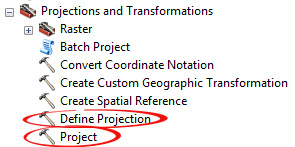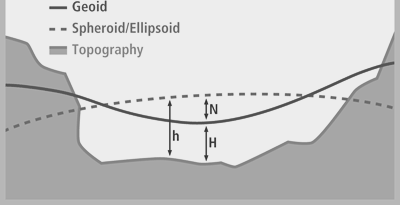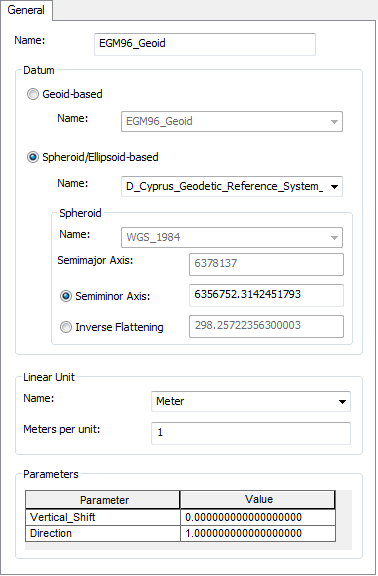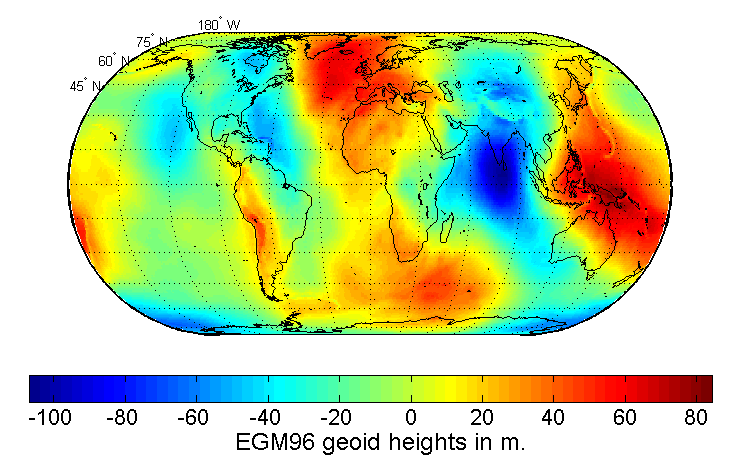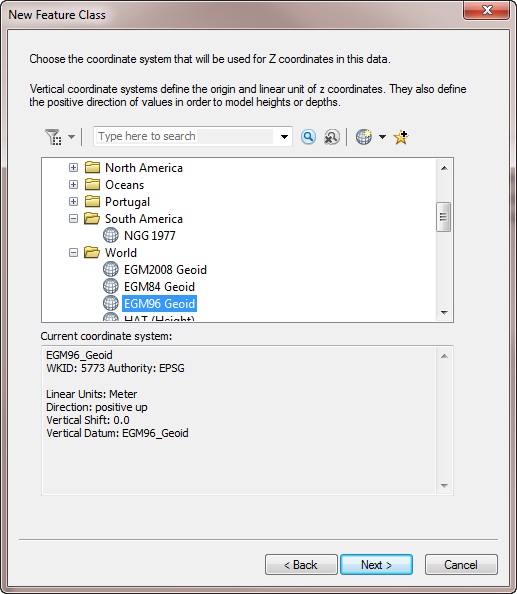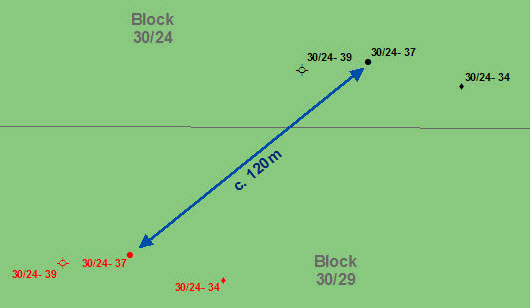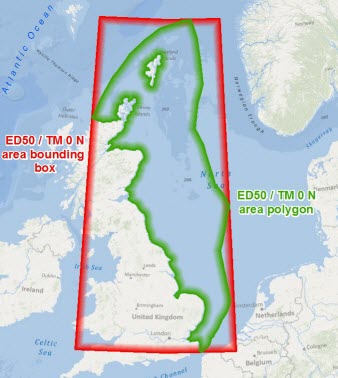Introduction
Considering the de facto use of the European datum of 1950 (ED50) throughout the oil industry operating in Northern Europe and the North Sea, I thought it would be interesting to explore this datum’s history and how it came to be the first European continent-wide datum. During the research for this project I uncovered a fasinating story of military intelligence during the Second World War. But first we must set the scene and go back to...
European Geodesy at the Turn of the 20th Century
“The first-order triangulation of Europe [was completed] over the last 200 years” (Hough, 1948) |
Prior to World War Two (WW2), Europe was divided into a jumble of independent national and sub-national geodetic datums with their own centre point, triangulation networks and ellipsoids only sometimes connecting to their neighbour’s triangulation effort along the borders.
Central Europe during the late 19th to early 20th Century is a prime example of this situation. Within the German Confederation and other German States their existed nearly as many datum’s as there were political entities (e.g. Hannover (Gauss, 1821); Bavaria (Soldner, 1808-1828), Prussia (Schreiber, 1975), Württemberg etc). Each of these states contained a survey office directing surveying activities. One of the attempts to connect various datums was during the First German Reich. The Reiehsdreieeksnetz began in Prussia through the Preußische Landesaufnahme (Prussian State Survey) along the Baltic coast as far as Berlin and Lübesk. This triangulation was continued under orders for the survey of Hannover by King George IV (the Hannover triangulation is known as Hannoversche triangle chain).
These networks had their origin normally at a major observatory such as Greenwich in London, Pulkovo near St. Petersburg and the Pantheon in Paris. Additionally these datums referenced a variety of ellipsoids making transformation calculations difficult. However a common more fundamental problem summarised by Hough (1948), on the original triangulation of Germany, was that...
| “…no attempt [was made] to minimize the effect of the deflection of the vertical at the initial station” Hough (1948) |
...and therefore errors in position were found at the place of joining to other triangulation networks before any transformation had even been started.
The direction of the vertical is defined by a local plumbline, where a survey instrument is set up to measure the horizontal plane that is exactly perpendicular to the vertical. The ellipsoid normal through the same point is perpendicular to the local tangent to the ellipse. However due to variations of gravity, the two are not necessarily coincident. The difference is called deflection-of-the-vertical. |
Other technical issues existed for trying to connect existing triangulations. The connection between the New Triangulation of France (NTF) Datum and the Belgian Datum of 1927 is an example where the connecting of triangulation networks was insufficiently calculated. A calculation was conducted to find the difference in longitudinal values between Brussels and Greenwich. However this was result was not incorporated in the joining of the triangulation networks and hence left large errors for the connection of the networks.
Germany - An example of “first order triangulation”
Since the formation of the First German Reich after unification in 1871, efforts had been made to standardise triangulation across the country beginning to solve some of the issues mentioned above. However, state military survey organisations within the German army produced uncoordinated products throughout the period up to the end of WW1, perhaps indicating disloyalty within the newly unified country. This lack of coordinatation and communication between survey organisations led to some poor quality mapping products being produced during the First World War (see Cruickshank, 2006 for more details).
After the First World War and the Treaty of Versailles in 1919 a reduction in military staff led to the demilitarisation of survey groups and the establishment of Reichsamt für Landesaufnahme (Reich Office for State Survey) who led an overhaul of Germany's mulitiple triangulations. A “Neutriangulation” of Bavaria, Baden, Württenberg, Silesia, Pomerania, Mecklenburg and Schleswig-Holstein took place in 1925. This “Neutriangulation” can been noted as a geodetic manifestation in the balance of power from the German Provinces.
As political tensions rose during the 1920 – 1930’s, driven in part by the dire economic situation throughout Germany and global depression, extremes in the political arena took hold eventually leading to the events that resulted in the rise of Nazism. Adolf Hitler and the Nazi party took hold of the country via emergency decree on 27th February 1933 after the Reichstag fire.
Development of a Military Survey
After the seizing of power by the Nazi’s Germany no longer cooperated according to the Treaty of Versailles, restoring pre-war military institutions and a 9th Division to the General Staff of the Army, known as the Military Survey (Reichsamt Kriegskarten und Vermessungswesen, see details about the organisation in Cruickshank, 2005). In 1936 Lt. Colonel Hemmerich was appointed Department Chief. Under Hemmerich’s leadership the division dealt with the collection, evaluation, cataloguing and co-ordination of foreign maps and geodetic data, which were collated and reported in the ‘Planhefte’. These became major publications of the German Military Survey.
 Figure 1 Lt. Colonel Hemmerich (image from http://disturbedgeographer.com)
Figure 1 Lt. Colonel Hemmerich (image from http://disturbedgeographer.com)
The development of the military survey coincided with early attempts by the Minister of the Interior to create a A Neuordnung des Vermessungswesens (New Order of Survey and Mapping) and by 1936 Survey Commissars were established throughout the regions of the now Third Reich. These commissars were also the local political leaders of individual states.
“In 1936 the German main triangulation network was readjusted. Since considerable portions were introduced into the readjustment without any modification and since others had not yet been observed completely, the readjustment could be carried out in parts only.”
Hough 1948 |
An attempt by the German's to create an early equivalent of the European Datum was started in preparation for, and developed throughout, the Second World War. This was due to the failings of the pre-First World War military survey activity that resulted in poor location plots and the use of old data (see Cruickshank, 2006 for a detailed discussion). During the inter-war period lessons were drawn from the experience of the First World War, in particular about the importance of collecting up-to-date foreign maps and geodetic data.
With war imminent in August 1939, the Military Survey was mobilized and made ready to be attached to the individual commanding authorities within the Germany Army. These geodetic units followed the German army into field of operations that by 1942 occupied the vast majority of Europe and Northern Africa.
 Figure 2 Maximum Extent of Nazi Germany during World War 2 (image taken from wikipedia)
Figure 2 Maximum Extent of Nazi Germany during World War 2 (image taken from wikipedia)
From this military position work began on the establishment of a single unified geodetic framework for the whole of continental Europe (including Northern Africa). Hemmerich’s division uniquely had control of nearly every geodetic department in Europe and thus controlled the expansion of a wealth of knowledge and equipment that would allow the Germans to accurately survey Europe. It is this work, carried out by Hemmerich’s division during the Second World War, that sowed the seeds for the creation of the European Datum.
Hemmerich lost his commanding post on 05th April 1945 where he was resigned to the Führerreserve and later arrested and imprisoned by Allied forces until 04 June 1947.
Next time we shall have a look at the development of the European Datum from the side of the allies and explore the story of the military intelligence division code named the HOUGHTEAM.
[1]This discrepancy was one of the major factors that prompted the recomputation of all geodetic control in Western Europe after the First World War. The Bonne Grid “New Convention” is also referred to as the “Orange Report Net Grid” and was used through WWII until 1950.
References
Cruickshank, J. L., 2005. “The Reichsamt fur Landesaufnahme and the Ordnance Survey (Part 1)”. Sheetlines, 72, pp.9-22
Cruickshank, J. L., 2006. “Kaiser Bill thought he knew where you lived”. Sheetlines, 77, pp.5-20
Hough, F., (1948) The adjustment of European first-order triangulation. Bulletin géodésique 7(1) pp35-41

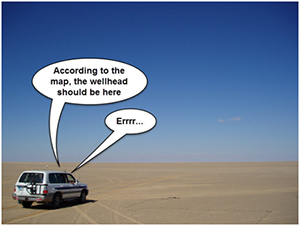
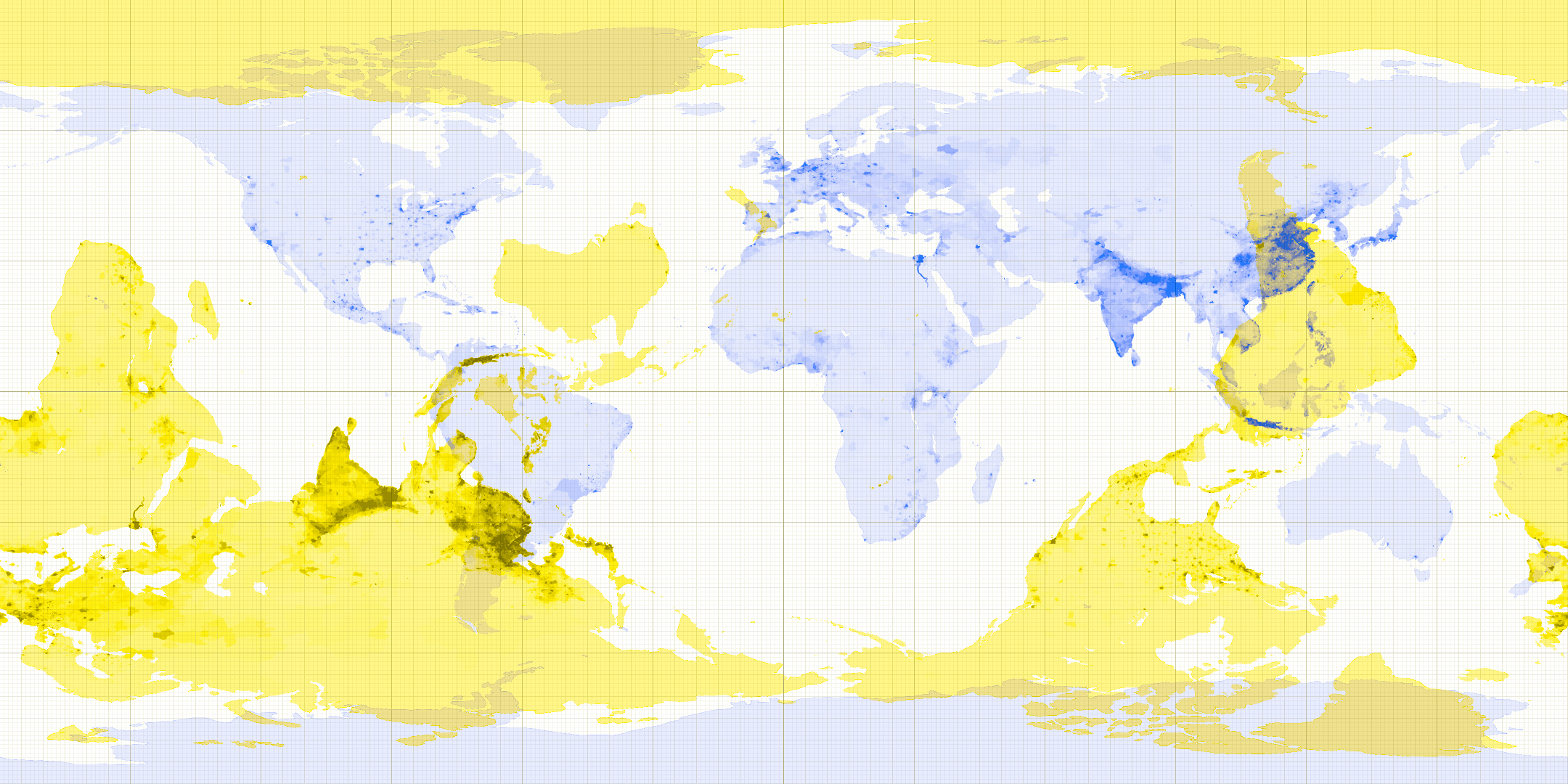
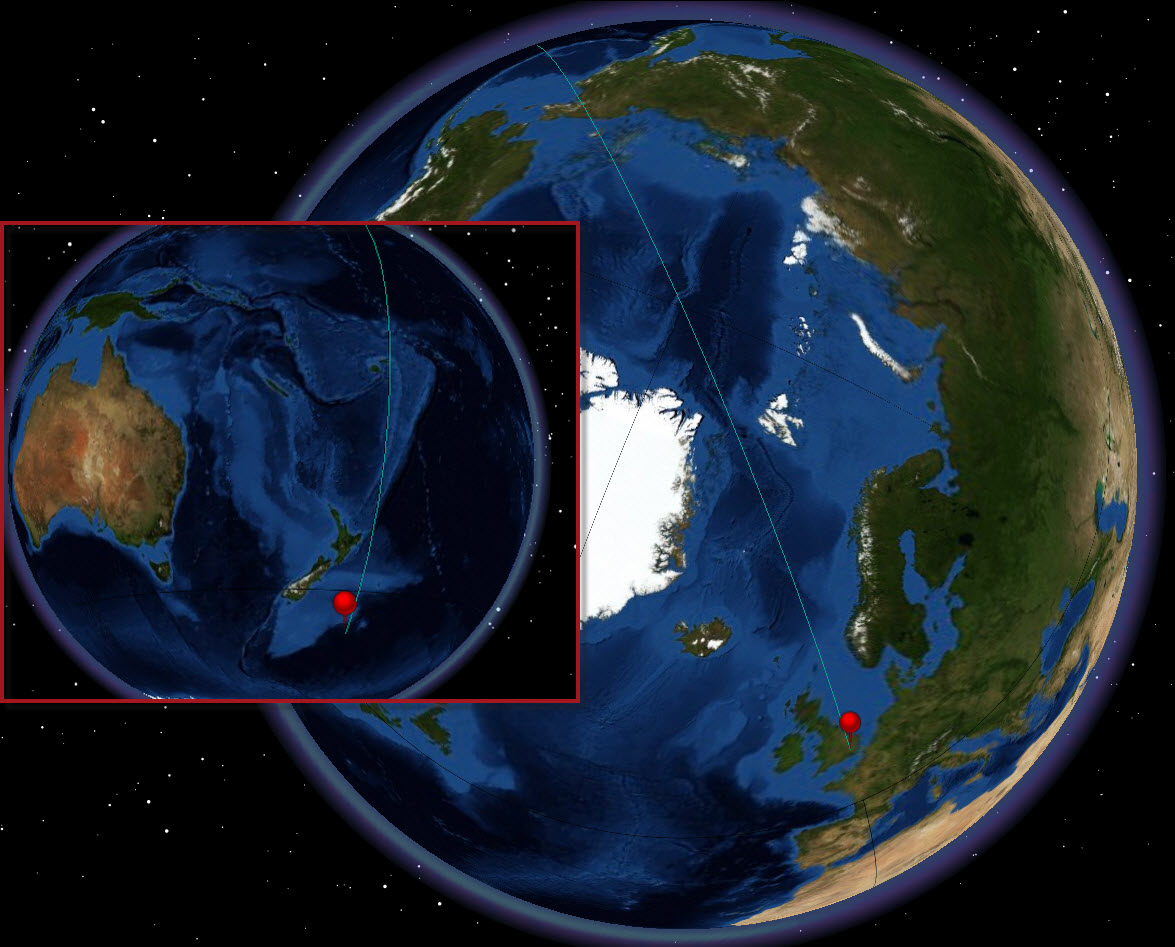
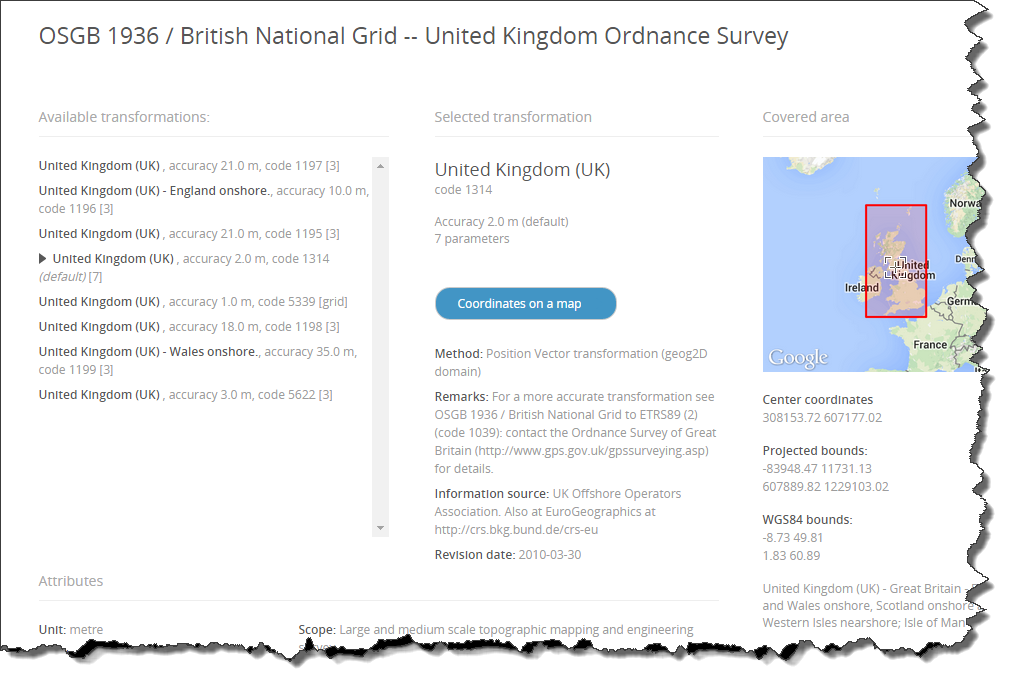

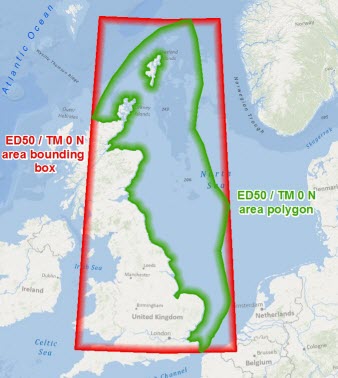 Using the ListTransformation and SpatialReference Object
Using the ListTransformation and SpatialReference Object

 Here I shall make the Canadian border line which is defined as 200 nautical miles offshore along the Canadian-US border following the 141st Meridian Line.
Here I shall make the Canadian border line which is defined as 200 nautical miles offshore along the Canadian-US border following the 141st Meridian Line. Now the line is constructed according to the chosen ellipsoid and is saved as a new feature upon saving edits.
Now the line is constructed according to the chosen ellipsoid and is saved as a new feature upon saving edits.